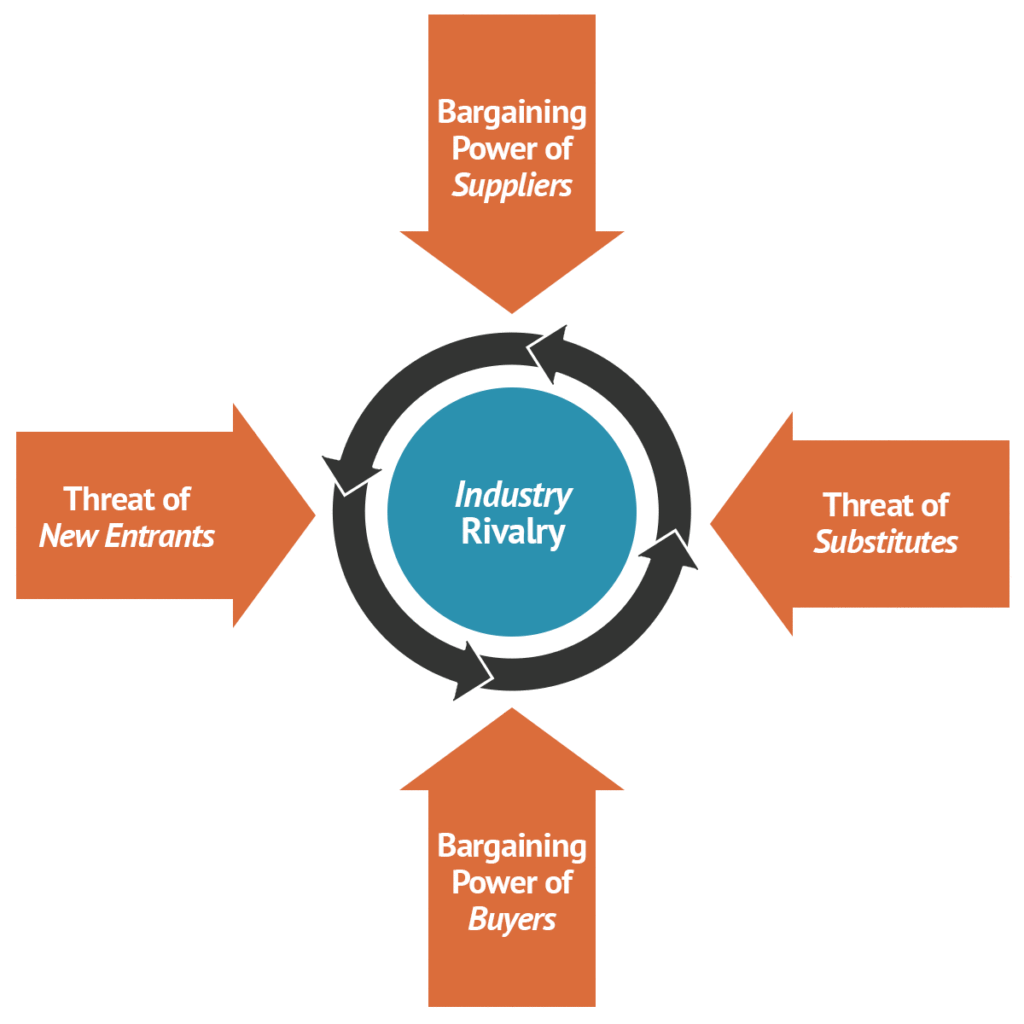Understanding Porter's Five Forces of Competition

There exist many significant forces of influence that test our ability to compete. In an industry that is so tightly competitive – and in a time where competition is at its peak – being able to strategize your competitive advantage will greatly benefit you. Mastering your competitive advantage is not just about how well you outsell your closest competition, how well you know your industry, or even how you market yourself. It’s more about how you understand the influences of competition and the steps you take to leverage the things you do better than anyone else.
Too often, ideas surrounding competitive advantage begin and end with the concept of price. Many would argue that they can maintain among their competitors, both internal and external to the industry, by maintaining margins that are cost-competitive. But competition cannot be measured on price alone. This has to do with many considerations including expenses and cost of sales which ultimately impact price. Competitive advantage is about adjusting and adhering to the forces that impact our business throughout our operations.
Porter’s 5 Forces
You might have heard of Porter’s 5 Forces of Competitive Advantage. These are fundamental strategy focal points that allow a business to routinely and easily measure its competitive advantage. It was originally developed in the 1980s by Harvard Business School professor Michael Porter and has been widely used throughout most industries. The five forces give a business the chance to understand their competitive advantage from concept to profitability. They include industry competition, analysis of new industry entrants, power of suppliers, power of customers, and the threat of substitute products.

Industry Competition
The first step of understanding your ability to compete using Porter’s Forces is to understand how you align compared to your competition. How many competitors do you directly compete with either because of offerings, business size, or geographic location? In that, what products or vertical markets do they specialize in that you also specialize in? Finally, do you offer something, resource, service, or product, not specific to price, that is different or unique from all of your competition?
New Industry Entrants
Often, new market entrants emerge with lower-priced goods as a means of capitalizing on an already saturated economy. But this doesn’t mean that you must adjust your price, only that you should adjust your cost. How much it costs you to bring a good to market, also known as your product distribution expense, should always be less than any new market entrants. Those operating in an industry with limited barriers of entry such as ours must have a strong understanding of their costs and be willing to adjust those costs at any time. This will give you the natural ability to outperform the new competition without risking a decrease in revenue.
Power of Suppliers
In any industry, suppliers are the key to the inputs of a distributor’s success. The better leveraged their competitive advantage, the greater success you will have in your access to buying power. Your ability to access a detailed supplier network is an essential function that influences the power you have against the market.
Power of Customers
Your customer network is the most important aspect of a distributor business. This is because the more loyal a customer and therefore the more resistant they are to competition influence, the less cost you have for that customer and the greater revenue return a sale will create. Too often cost adjustments are made for long-standing customers without considering the cost of maintaining that customer.
Threats of Substitutes
We function in a world filled with substitutes for most goods. Consumers are familiar with the idea of seeking the best price. While this can negatively impact many industries, including those who operate in a direct-to-consumer market, ours can maintain relatively low costs to eliminate many possible substitutions. While an increasing threat of online promotional goods distributors evolves, the cost of loyalty persists. Large online competitors cannot compete against the loyalty of the present customer base. Still, that competition will maintain. It is important to understand the wants and needs of customers who prefer the alternative to our market and then help them find that value away from substitutions.
Understanding competition and especially the foundational examples of Porter’s 5 Forces will give a company the natural ability to routinely monitor their competition. These resources have been proven to create higher earnings by considering all elements other than price.
by Seth Barnett, VP Content Development
Philadelphia, PA 19107
 © 2025 AIM Smarter, LLC. All Rights Reserved.
© 2025 AIM Smarter, LLC. All Rights Reserved.